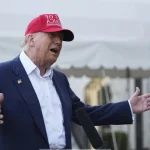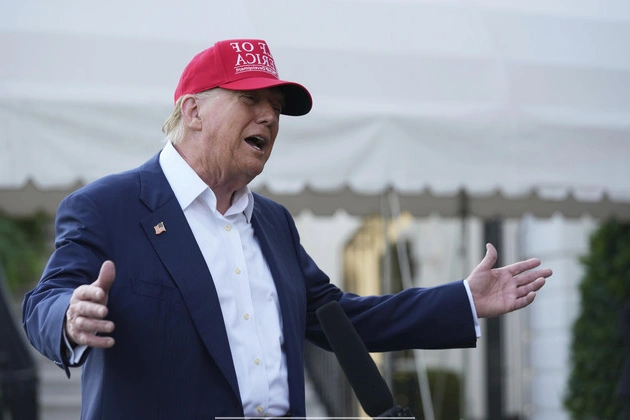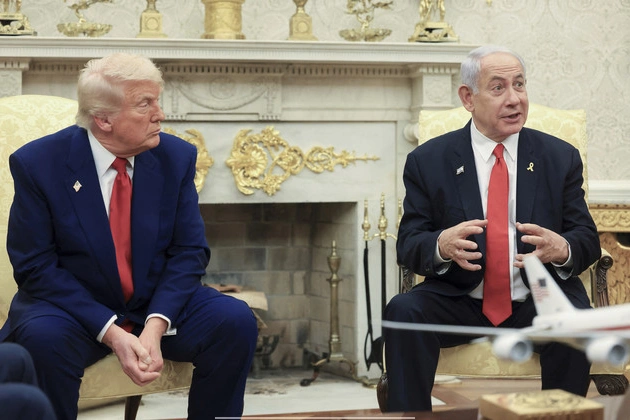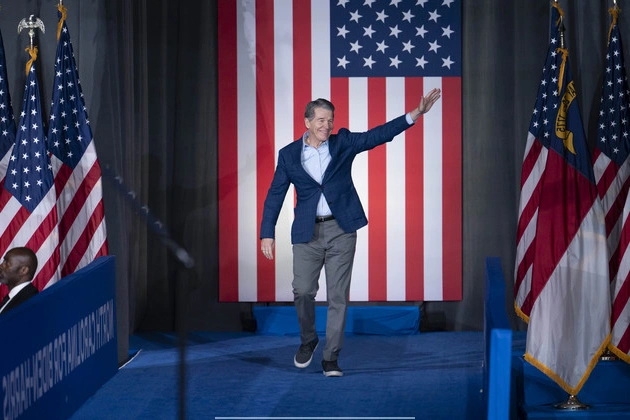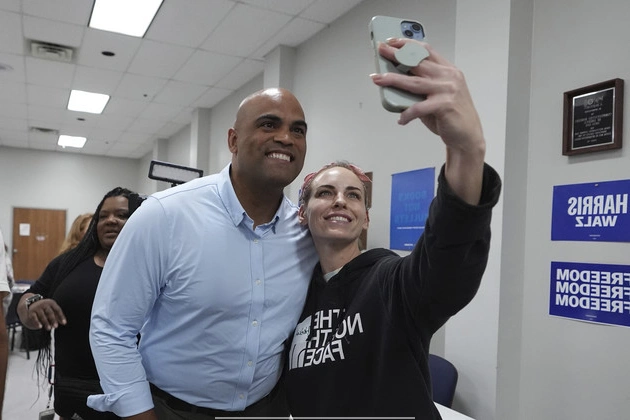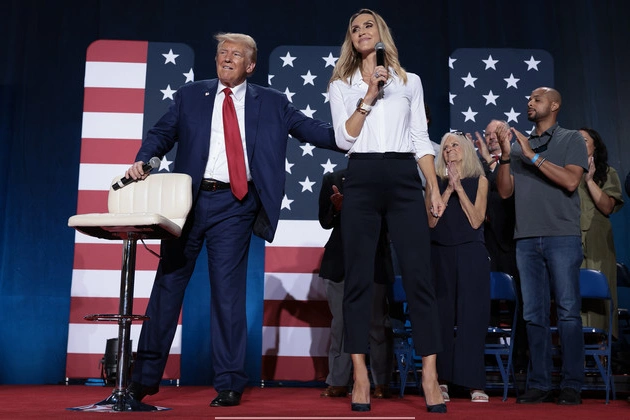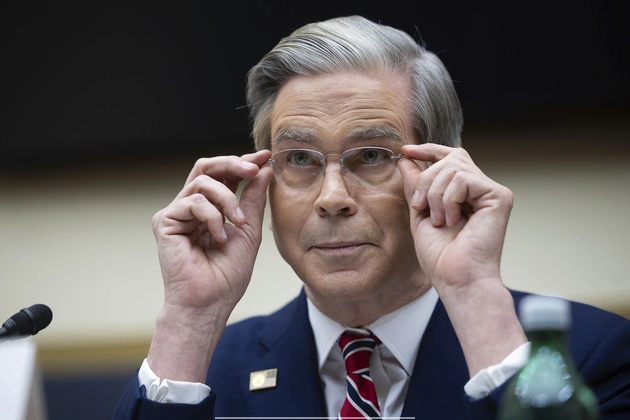
Introduction
President Donald Trump hinted at reducing tariffs on China, signaling a possible shift in the ongoing trade tensions between the two economic giants. However, a comprehensive agreement is still far from reach.
Current Scenario
Despite the willingness to ease tariffs, the trade flow remains stagnant as Chinese imports face significant obstacles at West Coast ports. Chinese Vice Premier He Lifeng approaches the negotiations cautiously, assessing the American stance and safeguarding Chinese interests.
Analysis and Expectations
Experts predict a gradual approach to negotiations, with the recent tariff reduction proposal seen as a symbolic gesture rather than a substantial change. The focus lies on building confidence and setting the stage for prolonged discussions.
Economic Impact
The escalating tariffs have disrupted the $582.4 billion trade flow between the US and China, affecting industries on both sides. While talks continue, businesses brace for prolonged uncertainties and economic challenges.
Future Prospects
Anticipated as a long-term negotiation, the talks aim to address fundamental trade issues. Both parties remain firm on their positions, indicating a complex road ahead with no immediate resolutions in sight.
Conclusion
As the US and China navigate through intricate trade discussions, the outcomes remain uncertain. The strategic exchange of positions in this weekend’s meeting sets the tone for future negotiations that could shape global trade dynamics.
